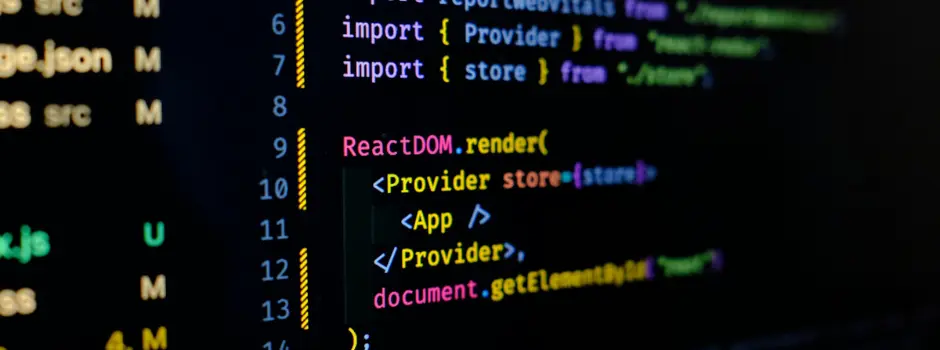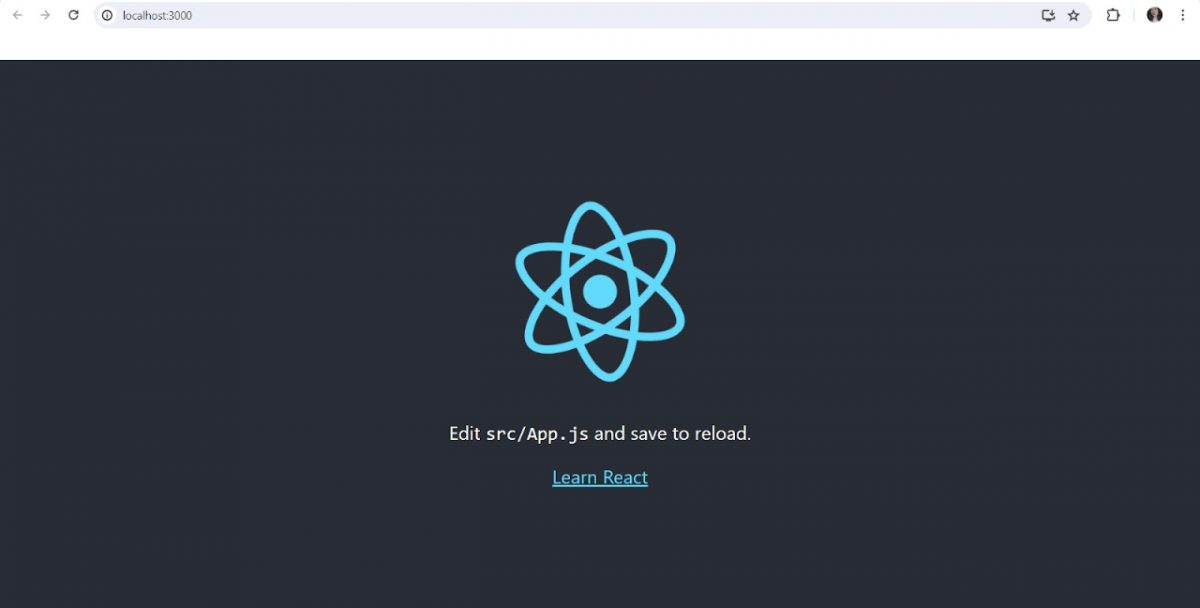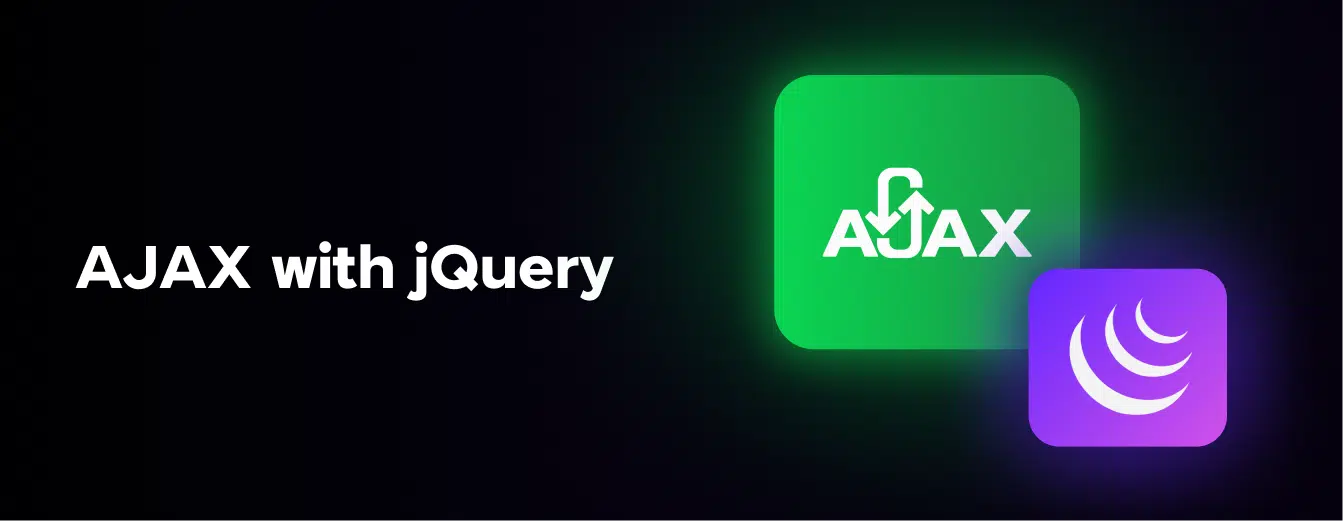
How to Setup React Native Environment?: A Step-by-Step Guide
Jun 07, 2024 3 Min Read 678 Views
(Last Updated)
Learning mobile app development with React Native is exciting, as it promises innovation, creativity, and boundless possibilities. However, before building your dream app, it’s essential to lay a solid foundation by setting up your React Native environment. This initial step might seem daunting, especially for beginners, but fear not!
With the right guidance and a clear roadmap, you’ll be up and running in no time.
In this blog, we’ll walk you through the process of setting up your React Native environment. By the end of this blog, you’ll have everything you need to kickstart your React Native development journey and turn your app ideas into reality. Let’s begin!
Table of contents
- What is a React Native Environment?
- How to Setup React Native Environment?
- Conclusion
- FAQs
- What operating systems are supported for setting up a React Native environment?
- Do I need prior programming experience to set up a React Native environment?
- Can I develop React Native applications without installing Android Studio or Xcode?
What is a React Native Environment?
React Native is a popular open-source framework developed by Facebook (now Meta) for building cross-platform mobile applications using JavaScript and React. A React Native environment refers to the setup and configuration required to develop, test, and build React Native applications.
The React Native environment typically includes the following components:
- Node.js and npm (Node Package Manager): React Native applications are built using JavaScript, and Node.js provides the runtime environment for executing JavaScript code. npm is used to install and manage third-party packages and dependencies for the project.
- React Native CLI (Command Line Interface): The React Native CLI is a command-line tool that provides a set of utilities for creating, running, and managing React Native projects. It is used to initialize new projects, start the development server, and build the application for different platforms.
- Development Environment: React Native applications can be developed on different operating systems, such as Windows, macOS, or Linux. The development environment typically includes a code editor (e.g., Visual Studio Code, Sublime Text, Atom) and various tools and plugins for debugging, linting, and code formatting.
- Android Studio or Xcode: To build and run React Native applications on specific platforms, you need the respective native development tools. Android Studio is required for building Android applications, while Xcode is needed for building iOS applications.
- Emulators or Physical Devices: React Native applications can be tested and debugged using emulators (e.g., Android Emulator, iOS Simulator) or connected physical devices.
- React Native Libraries and Dependencies: React Native provides a set of built-in components and APIs for building user interfaces, accessing native device features (e.g., camera, location, sensors), and more. Additionally, developers can use third-party libraries and packages from the React Native ecosystem to add additional functionality to their applications.
Setting up the React Native environment can be a bit involved, especially for beginners, as it requires installing and configuring multiple tools and dependencies.
Once the environment is set up correctly, developers can use it to create, develop, test, and build React Native applications that can run seamlessly on both Android and iOS platforms, sharing a large portion of the codebase between the two platforms.
Are you prepared to learn full-stack development? Join GUVI’s Full Stack Development course and equip yourself with the skills needed to thrive in this dynamic field. Don’t miss out on this opportunity to unlock your full potential – enroll today!
Now that we’ve explored what a React Native environment is, let’s learn the essential steps to set it up seamlessly.
How to Setup React Native Environment?
To begin setting up our development environment, we first need to ensure that Node.js is installed on our computer. Once Node.js is installed, we can proceed to set up the React Native Environment for our project.
Here’s a step-by-step guide to get started:
Step 1: Open your terminal and navigate to the folder where you want to create your project.
Also Read: How to Install React.js on Windows: A Complete Guide
Step 2: Once inside the project directory, run the following command in the terminal:
npx create-react-app <<Application_Name>>
Step 3: After the command completes, navigate into the newly created folder using:
cd <<Application_Name>>Step 4: The commands above will create a default React application with the necessary project structure and dependencies.

You’ll notice that some packages are installed by default, which can be viewed in the dependencies section of the package.json file.
"dependencies": {
"@testing-library/jest-dom": "^5.17.0",
"@testing-library/react": "^13.4.0",
"@testing-library/user-event": "^13.5.0",
"react": "^18.2.0",
"react-dom": "^18.2.0",
"react-scripts": "5.0.1",
"web-vitals": "^2.1.4"
}Also Read: Top ReactJS Interview Questions and Answers Of 2024! [Part-2]
Step 5: To run the newly created application, use the following command in the terminal:
npm start
Step 6: This will launch the application, and you should see the output displayed in your default web browser.

You’re now ready to start modifying the application according to your preferences by editing the code as needed.
By following these steps, you’ll have successfully set up a React development environment and created a basic React application ready for customization and further development.
Elevate your coding skills to new heights with GUVI’s Full Stack Development course. This curriculum is designed to empower you with the knowledge and expertise required to excel in today’s competitive tech landscape. Start a transformative learning journey – enroll now!
Conclusion
As you learn React Native development, remember that the learning process is just as important as the end result. Embrace challenges as opportunities for growth, and don’t hesitate to seek help from the vast online community of React Native developers. With dedication, perseverance, and a passion for innovation, you have the power to bring your mobile app ideas to life using React Native.
So, take the next step, explore React Native, and start building your mobile apps today. The possibilities are endless, and your journey is just beginning.
Also Read: Mistakes to Avoid When Starting the First React Project
FAQs
What operating systems are supported for setting up a React Native environment?
React Native development is supported on Windows, macOS, and Linux operating systems. However, the setup process may vary slightly depending on the operating system. Developers can follow platform-specific instructions to install the necessary tools and configure their development environment accordingly.
Do I need prior programming experience to set up a React Native environment?
While prior programming experience, particularly in JavaScript, can be beneficial, it’s not strictly required to set up a React Native environment. However, familiarity with basic development concepts and command-line tools can help streamline the setup process and troubleshoot any issues that may arise.
Can I develop React Native applications without installing Android Studio or Xcode?
While Android Studio and Xcode are essential for building and testing React Native applications on Android and iOS devices, respectively, developers can use alternative methods such as Expo CLI to develop and test React Native apps without installing these IDEs. Expo CLI provides a streamlined development experience and allows developers to run their apps directly on physical devices using the Expo Go app.
































Did you enjoy this article?